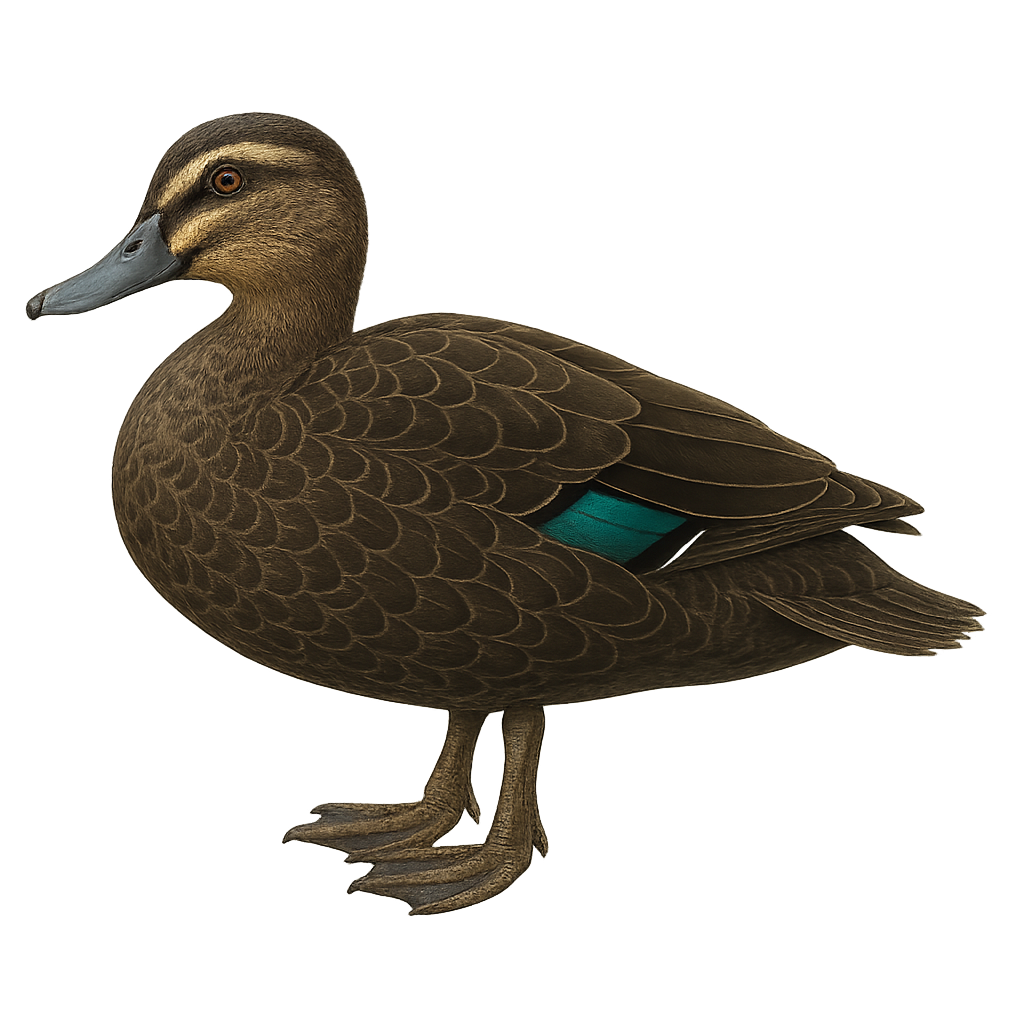Your wildlife photography guide.
Explore the pacific black duck in detail, study its behavior, prepare your shots.
Where to observe and photograph the pacific black duck in the wild
Learn where and when to spot the pacific black duck in the wild, how to identify the species based on distinctive features, and what natural environments it inhabits. The WildlifePhotographer app offers tailored photography tips that reflect the pacific black duck’s behavior, helping you capture better wildlife images. Explore the full species profile for key information including description, habitat, active periods, and approach techniques.
Pacific Black Duck
Scientific name: Anas superciliosa

IUCN Status: Least Concern
Family: ANATIDAE
Group: Birds
Sensitivity to human approach: Suspicious
Minimum approach distance: 10 m
Courtship display: August to November
Incubation: 26-28 jours
Hatchings: August to December
Habitat:
Wetlands, lakes, rivers
Activity period :
Primarily active during the day, with peak activity in the morning and late afternoon.
Identification and description:
The Pacific Black Duck, or Anas superciliosa, is a dabbling duck species found mainly in Australia, New Zealand, and some Pacific islands. It is easily recognizable by its dark brown plumage with lighter patterns and a distinctive eyebrow stripe. This duck is often seen in wetlands, lakes, and rivers, where it primarily feeds on aquatic plants, insects, and small invertebrates. Although generally not very shy, it can become wary in areas where it is hunted. The Pacific Black Duck is an excellent swimmer and diver, using these skills to evade predators and forage for food.
Recommended lens:
400mm – adjust based on distance, desired framing (portrait or habitat), and approach conditions.
Photography tips:
To photograph the Pacific Black Duck, it is advisable to use a telephoto lens of at least 400mm to capture detailed images without disturbing the bird. Look for wetlands or lakes where these ducks are active, and be prepared to move slowly and discreetly to avoid startling them. The best times for photography are early morning or late afternoon when the light is soft and the ducks are more active. Be patient and wait for the duck to adopt a natural posture to get authentic shots.
The WildlifePhotographer App is coming soon!
Be the first to explore the best nature spots, track rutting seasons, log your observations, and observe more wildlife.
Already 1 432 wildlife lovers subscribed worldwide

